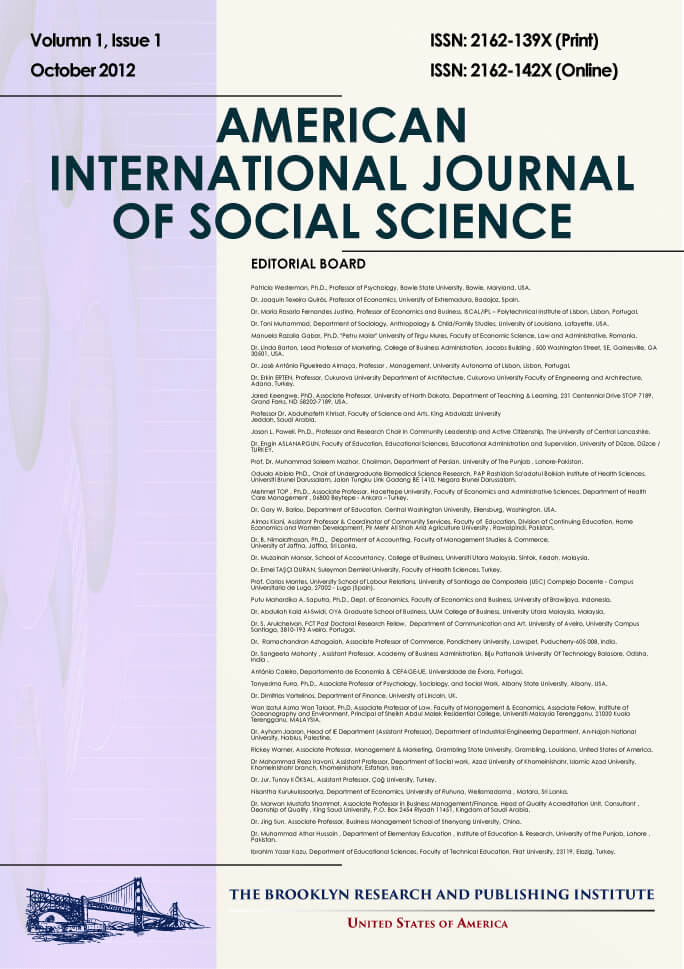Ethnic Identification and Heritage Language Learning among Chinese American Teenagers
Jing Lei
Abstract
Based on a larger ethnographic study of second-generation Chinese American teenagers in Upstate New York,
this paper explores the dynamics of heritage language (HL) learning and ethnic identification in various contexts.
My findings suggest that both the primordial and circumstantial aspects of ethnicity are co-existing among these
immigrant children. On the one hand, HL learning through the Individual Network of Linguistic Contacts (INLC)
(educational support, interpersonal contacts, and media) plays a positive role in ethnic inculcation. On the other
hand, learning and use of HL does not necessarily lead to homogeneous ethnic identity. By interacting within
different INLCs, they display different relationships to their ethnic group and different degrees of ethnic
belongingness. As such, ethnicity is not a fixed enduring category; rather, it is a continuum. Therefore, due to
different life trajectories, these immigrant children can be located at various points on this continuum in terms of
ethnic identification.
Full Text: PDF
American International Journal of Social Science
ISSN 2325-4149(Print), ISSN 2325-4165(Online) DIO: 10.30845/aijss
Visitors Counter
3901468
| 707 | |
| |
1914 |
| |
40962 |
| |
67864 |
| 3901468 | |
| 44 |

